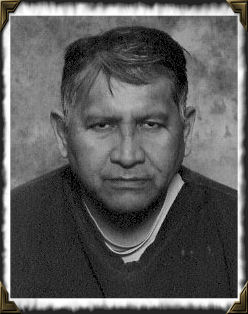
Darelle William “Billy” Red Bear, 1959-2009. Photo from Memorial
Members of the Oglala Sioux Tribe in South Dakota were finally able to bring a loved one home to rest this summer as they continue to pursue justice for his death. Darelle William “Billy” Red Bear died on January 4, 2009. At the time, he was a ward of the state, having suffered an impairment as a teenager that left him developmentally disabled. The off-reservation group home where Red Bear was staying, however, never informed his family. They found out about his death more than three months later and were shocked to find out that his body had already been cremated and his organs had been removed. Both practices go against tribal traditions. Five years later, the family was able to bring Red Bear's remains to the reservation in June and he was finally honored with a traditional burial ceremony. "This has brought some small measure of peace to the family, but it does not bring Bill back, nor does it change the facts and open questions surrounding Bill’s death, and the events and decisions made concerning his body," family friend Barbara Dills said on behalf of Bernadine Red Bear, Billy’s oldest sister. The family filed suit against SESDAC, Inc, a group home in Vermillion, in 2011. Through the course of the litigation, attorneys have discovered information that indicates Red Bear complained about feeling ill prior to his death but did not receive adequate medical treatment. Neither Red Bear nor his family authorized cremation or organ harvesting. His ashes were put in an unmarked grave until he was taken to the Pine Ridge Reservation and laid to rest alongside his mother, father and other relatives. "Although no amount of money will ever make up for Bill’s loss of life or compensate the family for its loss and suffering, his brothers and sisters feel it is important to advocate for Bill and his civil, cultural and spiritual rights by seeking the truth, and damages against SESDAC," Dills said. Robin Zephier of the Abourezk & Zephier law firm is handling the lawsuit for the family.
Join the Conversation